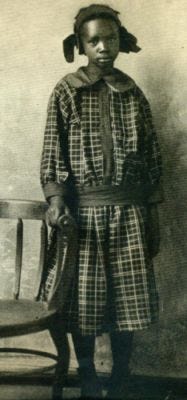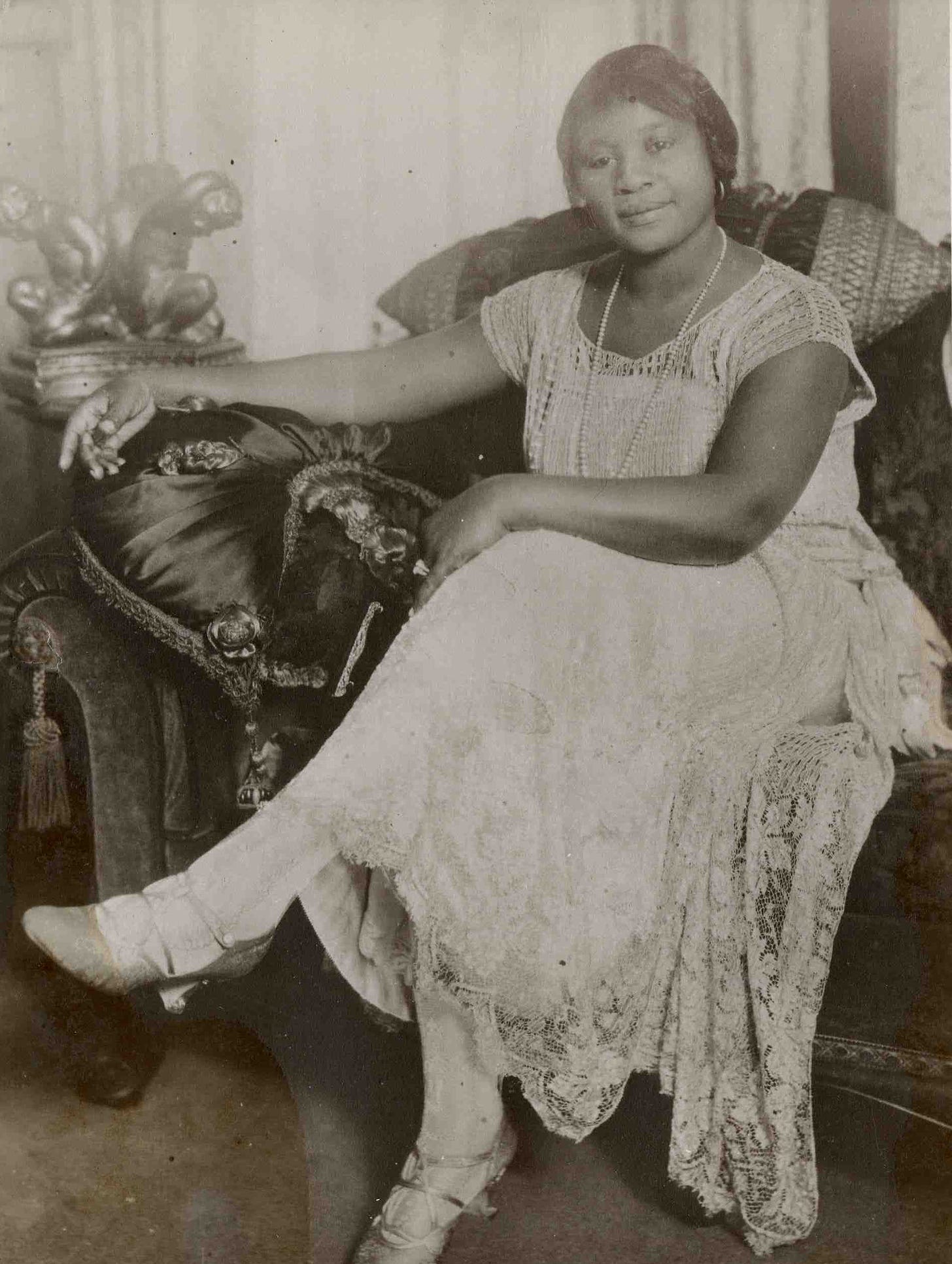Today In Black History: Sarah Rector
The First Teenaged Black Millionaire
Issue #765 Today In Black History, Wednesday, November 13, 2024
If you like us, REALLY like us, please click the “Like” button at the end of this post!
Your “Likes” mean a LOT to us! We appreciate your support!
Please follow me on Instagram and Bluesky (@phowens.bsky.social).
Born on March 3, 1902, in the all-Black town of Taft, Oklahoma, Sarah Rector was the daughter of Joseph and Rose Rector, descendants of slaves the Creek Nation had owned. Like many others, the family received land allotments as a part of the Treaty of 1866, which distributed lands to freedmen and their descendants. Sarah was allotted 160 acres of land in the rural area of Oklahoma, which was deemed poor for farming and seemingly of little value. The better land was reserved for white settlers and members of the Creek Nation.
This was a mandatory step in the integration of the Indian Territory with the Oklahoma Territory to form what is now the State of Oklahoma.
Under the Treaty of 1866, Sarah inherited land due to her birthright as a Black grandchild of Creek Indians born before the American Civil War. Surprisingly, the land was discovered to be oil-rich and produced over US$300 (equivalent to $9,800 in 2023) per day, so she was known as the "Richest Colored Girl in the World.”
In February 1911, to help cover taxes and other expenses, Joseph Rector leased Sarah's parcel to the Standard Oil Company. In 1913, the independent oil driller B.B. Jones built a "gusher" well with a daily yield of 2,500 barrels (400 m3) of oil and US$300 (equivalent to $9,800 in 2023) of income.
Her allotment subsequently became part of the Cushing-Drumright Oil Field. In October 1913, she received royalties of $11,567 (equivalent to $357,000 in 2023).
The law at the time required full-blooded Indians, Black adults, and children who were citizens of Indian Territory with significant property and money to be assigned "well-respected" white guardians.
After initial mismanagement and intervention by the state, Sarah's financial affairs were placed under the guardianship of a white man, a common practice of the time that sought to limit the autonomy of Black individuals.
As news of Rector's wealth spread worldwide, she received requests for loans, money gifts, and marriage proposals, though she was only 11 years old. Because of her wealth, in 1913, the Oklahoma Legislature made an effort to have her declared an honorary white, allowing her the benefits of elevated social standing, such as riding in a first-class car on the trains.
In 1914, an African American journal, The Chicago Defender, became interested in Rector. The newspaper published an article claiming mismanagement by the white guardians of her estate—African American leaders Booker T. Washington and W. E. B. Du Bois became concerned about her welfare.
In June 1914, a special agent for the National Association for the Advancement of Colored People (NAACP), James C. Waters Jr., sent a memo to Du Bois regarding her situation. Waters had been corresponding with the Bureau of Indian Affairs and the United States Children's Bureau over concerns regarding the mismanagement of Rector's estate. He wrote of her white financial guardian: "Is it not possible to have her cared for decently and by people of her own race, instead of by a member of a race which would deny her and her kind the treatment accorded a good yard dog?"
Du Bois established the Children's Department of the NAACP, which investigated claims of white guardians who were suspected of depriving black children of their land and wealth. Washington also intervened to help the Rector family.
In October of that year, she was enrolled in the Children's School, a boarding school at the Tuskegee Institute in Alabama, headed by Washington. Upon graduation, she attended the Institute.
Rector was already a millionaire by the time she had turned 18 in 1920. She owned stocks, bonds, a boarding house, businesses, and a 2,000-acre (810 ha) piece of prime river bottomland. At that time, she left Tuskegee and, with her entire family, moved to Kansas City, Missouri. She purchased a house on 12th Street.
Rector enjoyed her wealth, comfortable life, and taste for fine clothing and cars. She hosted lavish parties and entertained celebrities such as Count Basie and Duke Ellington.
She lost most of her wealth during the Great Depression and had to sell the house. It became known as the Rector House, purchased in the 2010s by United Inner City Services, the neighboring nonprofit organization.
She died on July 22, 1967, at the age of 65. She is interred in Blackjack Cemetery in her childhood hometown of Taft.
Today In Black History
In 1831, Nat Turner, leader of the largest slave revolt to date, was hanged.
In 1890, Black inventor D. McCree patented the portable fire escape.
In 1901, Alabama adopted a new constitution with a “grandfather clause” that stated only people whose grandfathers were U.S. citizens could vote. This was intended to eliminate Black voters.
In 1918, the Armistice was signed, ending World War I. The day is now known as Veterans Day. Over 370,000 Black soldiers and 1,400 Black commissioned officers served in the War, hoping their service would lead to equality at home. It did not.
In 1925, Xavier University was established.
In 1969, Black inventor George R. Carruthers patented the first image converter for detecting electromagnetic radiation.
In 1975, the African nation of Angola declared its independence from Portugal.
All “We Are Speaking” posts are now free for everyone to read, and commenting on our posts is now open to everyone!
Please check out Keith’s SciFi Musings Substack for posts about fantasy, sci-fi, and Afrofuturism!
Our paid subscribers are encouraged to discuss this post in our W.A.S. Chat Community.
Join Pamela Hilliard Owens’s subscriber chat
Available in the Substack app and on the web
You are also welcome to view “We Are Speaking” in Substack Notes. You can also read other Substack publications without subscribing to them when you join Notes.
Did you know that you can listen to each “We Are Speaking” post on the Substack App? Download the app!







